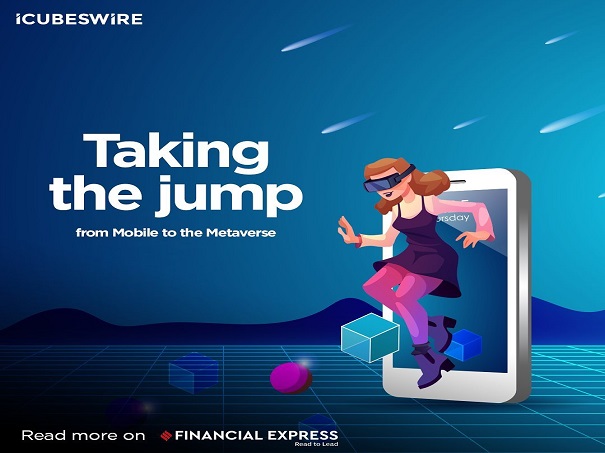5 Digital trends to watch out for in 2021
2020 has been a year of overcoming challenges and embracing change. The global pandemic radically transformed the way business is done. Despite the many ways companies operate, the sudden transition towards digital technology keeps the business going and, in turn, helps to stay ahead of the competition. The year 2020 cornered businesses across markets into welcoming the digital way onboard with open arms.
According to Deloitte, 45% of companies report higher net revenue growth and positive business impact of digital transformation.
As more and more organizations eye at adopting digital technologies to fill in communication gaps and sustain, it becomes imperative to brush aside the past trends and learn more about the latest trends for the year 2021.
1. Social media, the new shopper’s stop:
Several social media platforms including Facebook and Instagram are making it easier than ever for customers to discover more about what they like and allow them to add their favourite products to the cart without redirecting them to a different website altogether. Features like this are ready to pave the way for a straightforward and uninterrupted consumer buying journey. As the digital boom brought in by the last year is still rising, many retail brands gear up to leverage these features.
2. Events and new experiences for all, virtually:
As the world prepares for vaccination, you might think virtual events are a thing of the past, but that’s not true. Online meet-ups are here to stay due to their ability to hold audiences’ attention outside your targeted circle. Organizations will continue hosting online events not only as a precautionary measure but also to reach new audiences as online events are more accessible than in-person events. Virtual events enjoy easy accessibility to interaction without being bound to physical limitations such as visa issues, travel restrictions, and hefty costs. Organizations have also noted that virtual events translate to more attendees and better participation.
3. The era of AR & other immersive technologies:
Gartner’s report estimates that by 2022, 70% of organizations will be putting immersive technologies to the test, and 25% will have put the technology to use.
Despite Virtual Reality (VR), making people go gaga over it, executing Augmented Reality (AR) is far more feasible from an advertising outlook. Tech-giants have stated more than once that AR will keep at outperforming VR in terms of adaptability.
Several renowned brands have begun leveraging AR to make the customer experience more interactive and drive sales. For instance, OnePlus Technology, a consumer electronics manufacturer, utilized AR to provide its users with the exclusive experience of unboxing their brand-new smartphone. Another fitting example is ModiFace’s which allows you to try out different make-up, saving you the trouble of walking to a store.
On the same trail, IKEA has developed IKEA Place, an AR app that allows you to click a photo of a room and house IKEA’s furniture in it. What’s more, you can also adjust the furniture position and view a 3D version of the same.
With more and more brands taking the same route, we are heading towards seeing a considerable adoption of immersive technologies.
4. Making a profit from Programmatic Advertising:
Programmatic advertising revolves around automating ad buying with artificial intelligence to engage more definite target groups. For example, RTB (Real-time bidding) is a type of programmatic ad buying that is an effective and faster way to secure conversions at low customer acquisition costs.
According to a survey, India’s digital advertising industry spent around 59% of its ad budget on direct media buying, while 41% was dedicated to programmatic buying. The study also estimated that the market would shift more towards programmatic media buying shortly, with a market share of 74% by 2022.
5. Influence with Influencer Marketing:
For the longest of time, we have seen well-known celebrities advocating for brands on television and social media spreading the word about a brand and its products. Even today, word-of-mouth is a good way of promoting a brand. Off late, the short form of video content has been picking up the pace, and Instagram Reels is all set to dominate customer engagement. Brands have been collaborating with influencer marketers to create engaging content and in turn, drive brand advocacy. For example, a health & wellness brand may rope in a fitness enthusiast and yoga or gym trainers to promote the brand.
The year 2021 will witness a boom in micro-influencers numbers as several brands today rely on micro-influencers to reach a diversified audience across locations.




